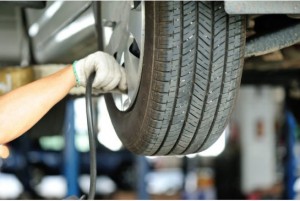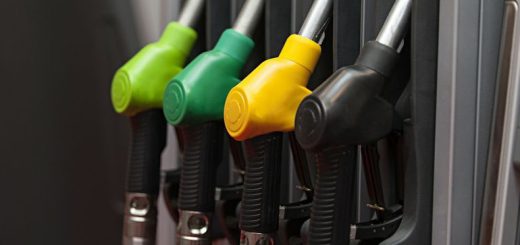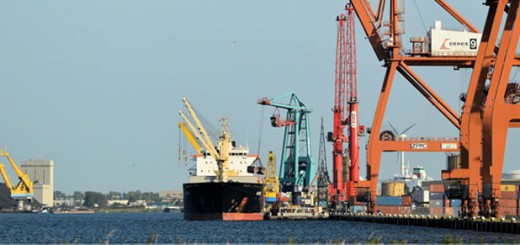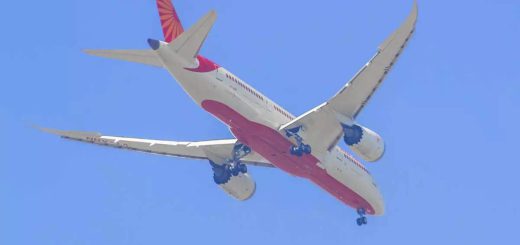Low Rolling Resistance tires: a way to cut fuel costs for trucks
India Transport Portal, a website gathering experts to improve transport in India, has recently published a new research study emphasising the relation between rolling resistance and fuel consumption. Rolling resistance (also called the rolling friction or rolling drag) is the opposite force resisting the motion, when tires are rolling on the surface. This research study argues that in order to improve a vehicle’s fuel consumption, it is necessary to take into account the effects of tires’ rolling resistance. Diminishing the rolling resistance will not only help preserving the environment, but it will also reduce the costs of consumed fuel by decreasing the vehicle’s operating cost per kilometre.
The main reason for loss of energy is the constant deformation of the tire. Rolling resistance affects all types of vehicles from bikes to large trucks. A tire consumes up to five times its cost in wasted fuel, while large modern trucks are losing up 30 to 33% of total fuel cost. This research study demonstrates that a reduction of 10 per cent in rolling resistance of heavy trucks will generate fuel savings up to 3%. At the 2012 Tire Technology Conference in Cologne, Gerald Potts (CEO/CTO TMSI LLC, a MESNAC Company) highlighted that the issue of rolling resistance is more important for trucks than for passenger vehicles. This is particularly relevant in India with the large number of overloaded trucks, which greatly affect rolling resistance and thus fuel consumption.
The global demand for trucks tires steadily increases, with an estimate of 3.3% growth per year for the next ten years. The broad consensus is that heavy duty vehicles (HCV) and trucks manufacturers can improve these vehicles depending on the location and climate of regions they are sold, the quality of the road networks as well as the type of strain the vehicle is likely to experience. In addition, these vehicles particularly HCVs are major pollutants. Therefore tyre manufacturers should focus on improving fuel efficiency by reducing the rolling resistance. As such, Michelin Americas Truck Tires recently introduced the Michelin X Line Energy Z for heavy-duty line-haul steer with 5% better rolling resistance. It features a new, ultra-fuel-efficient casing, so the improvement in rolling resistance follows the tire throughout its life—from new to retread.
India has already started to introduce function, safety and performance standards for passenger cars, however, not for HCVs. 70% of all HDVs in the country have high rolling resistance bias tyres. Studies suggest that imposing rolling resistance thresholds could yield fuel savings of 864 million litres and reduce gas emissions by 2.3 tons per year.
Moreover, requiring the rolling resistance to be on tires’ labels would also be really helpful for customers to make well-informed decisions. According to the International Council on Clean Transportation (ICCT): “India needs to develop comprehensive ‘technical and policy analyses’ to define a long-term plan for improving fuel savings “across the entire range of technologies available for HDV fuel savings”. Thus, this necessitates a full commitment from all stakeholders, including governments, regulators, Original Equipment Manufacturers (OEMs), and most importantly the customers.
Source: India Transport Portal





Recent Comments